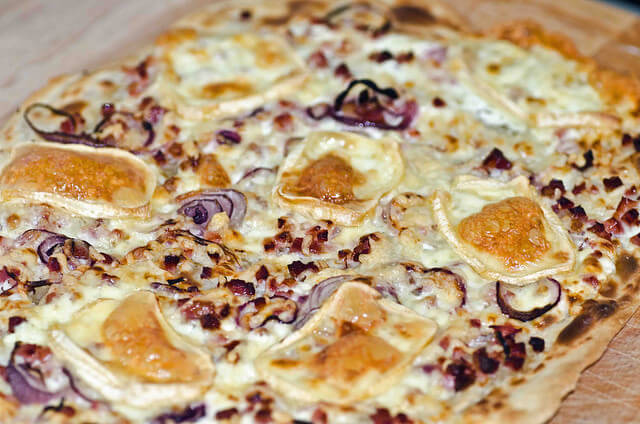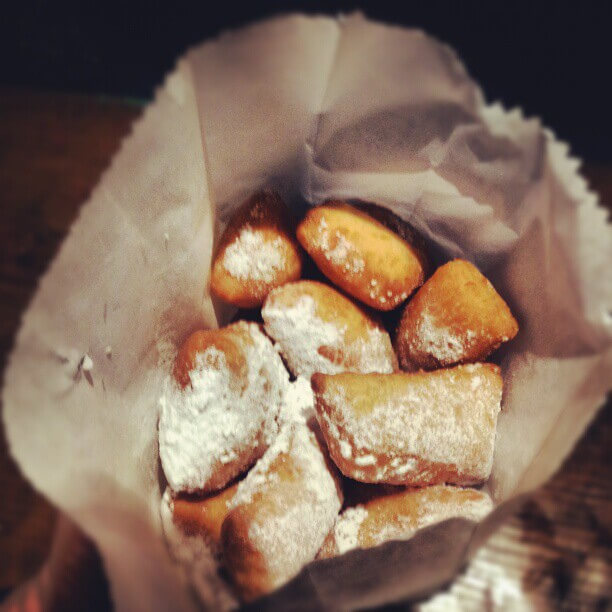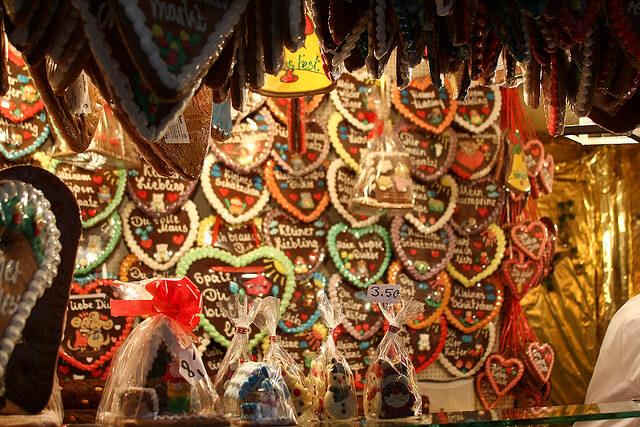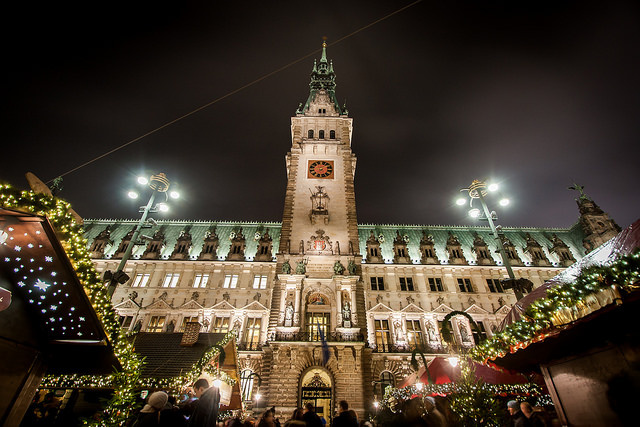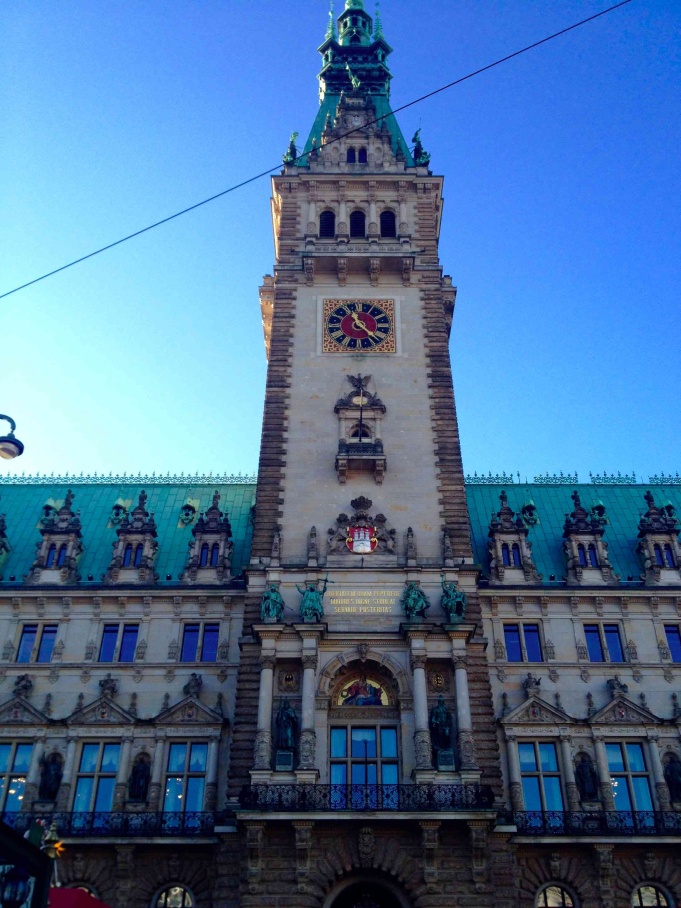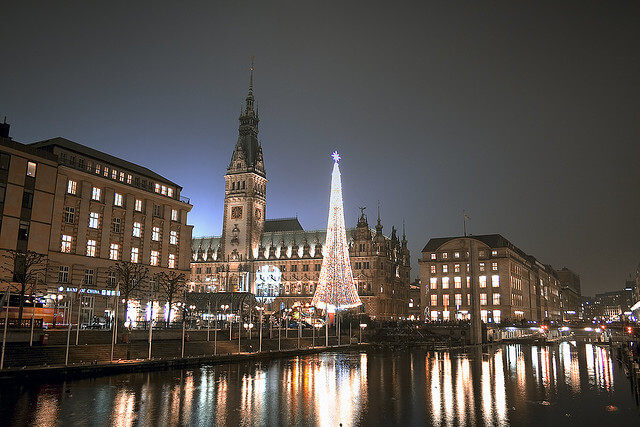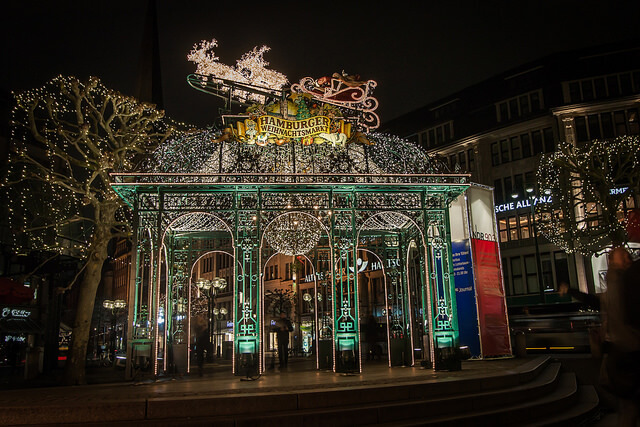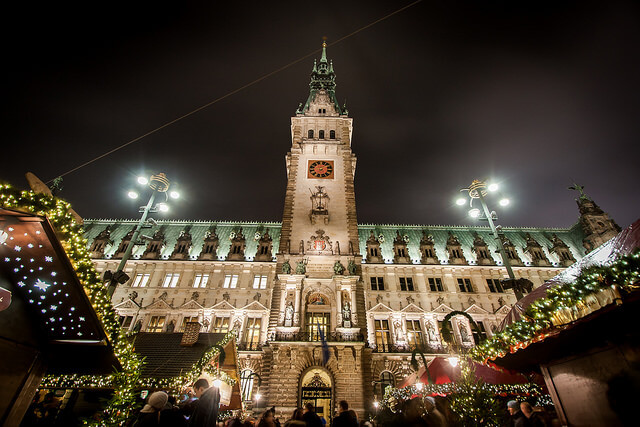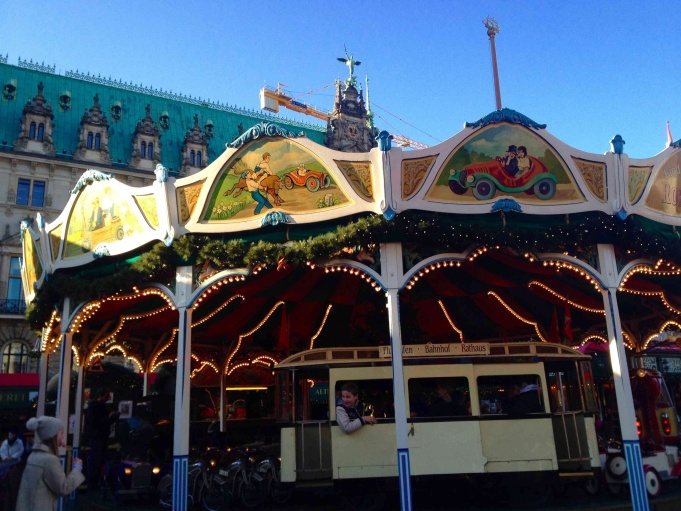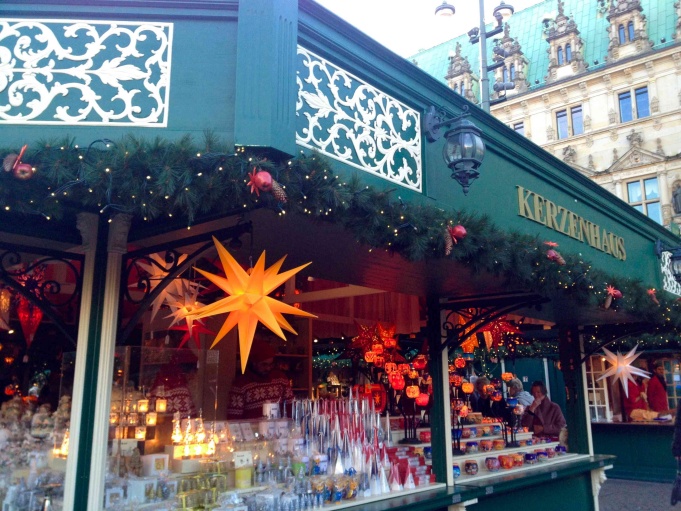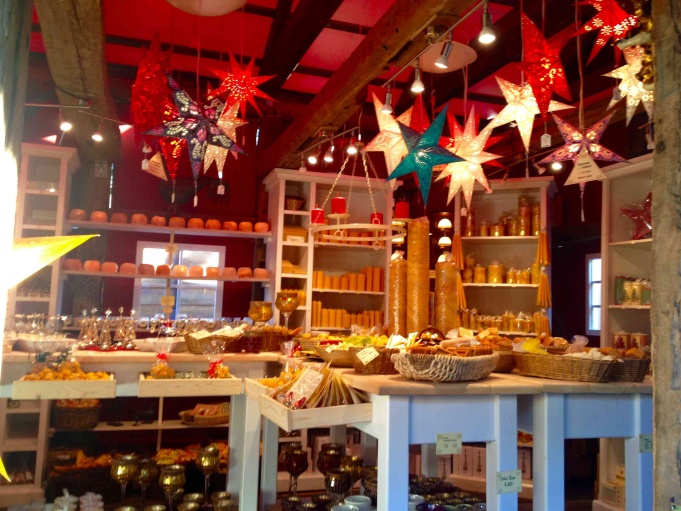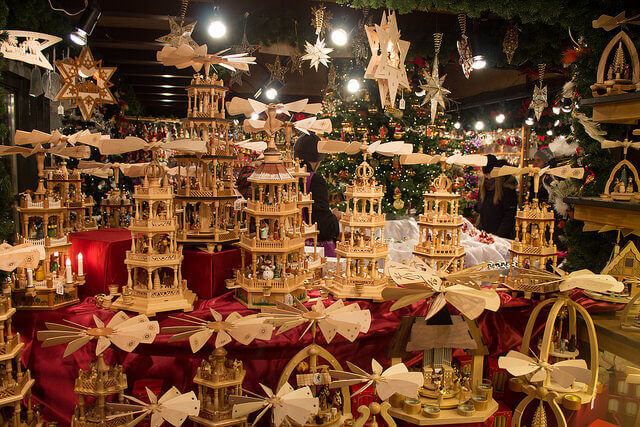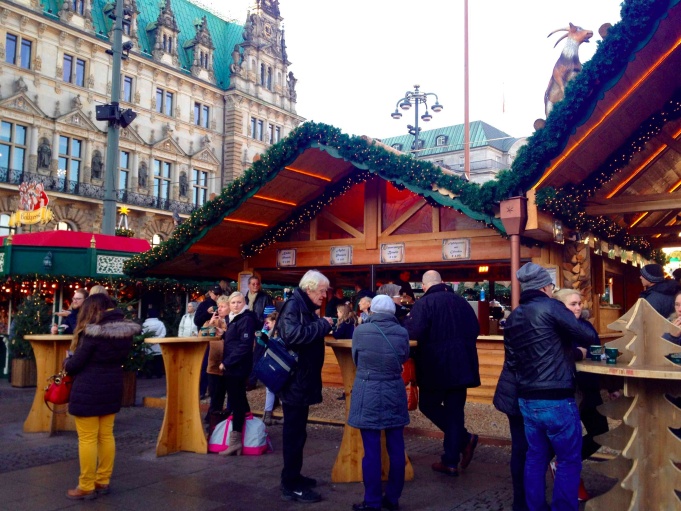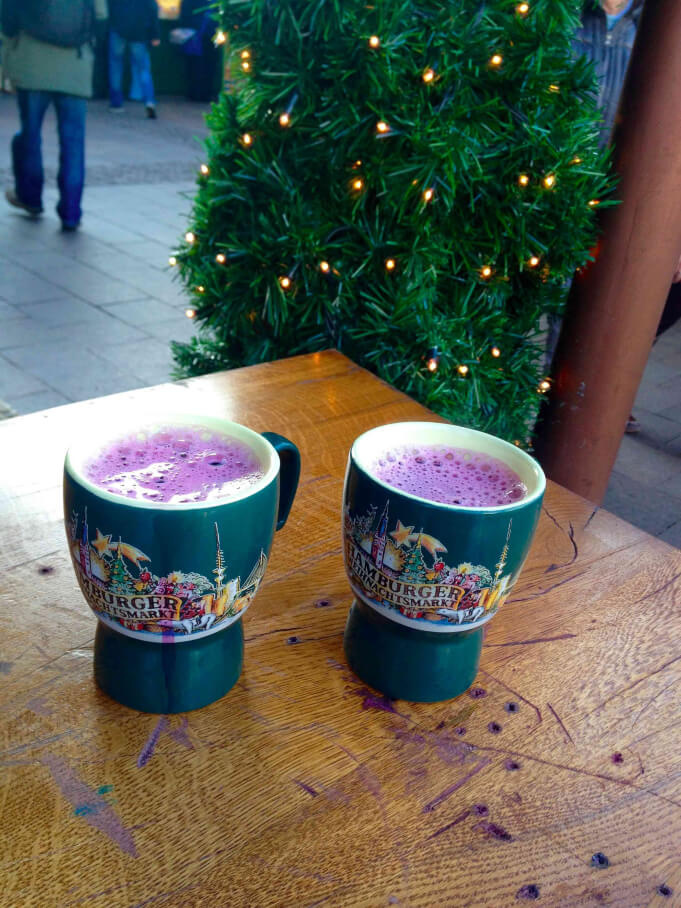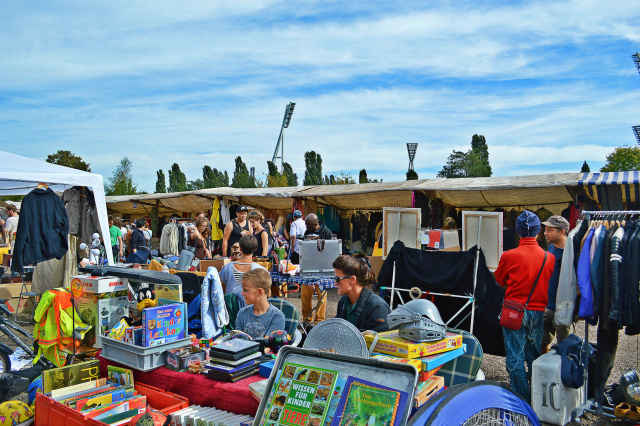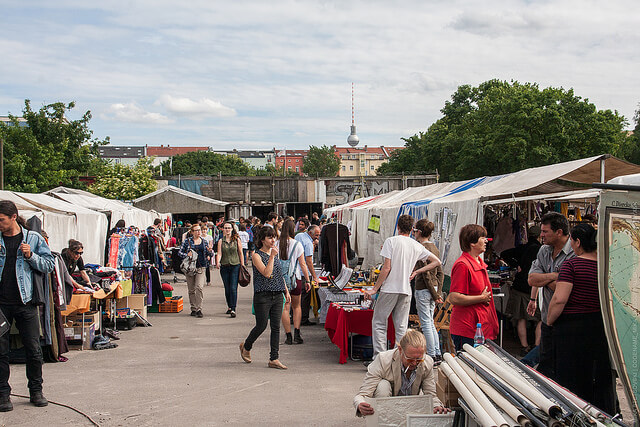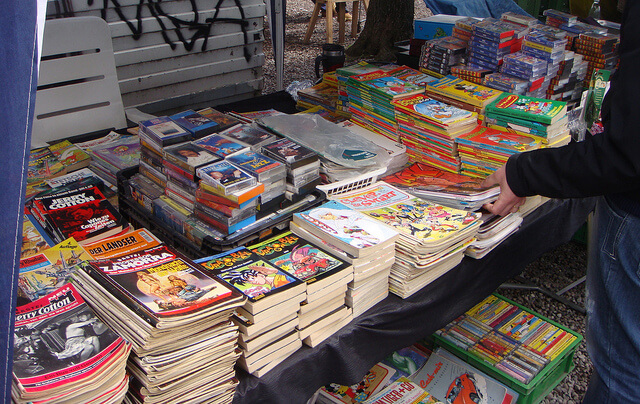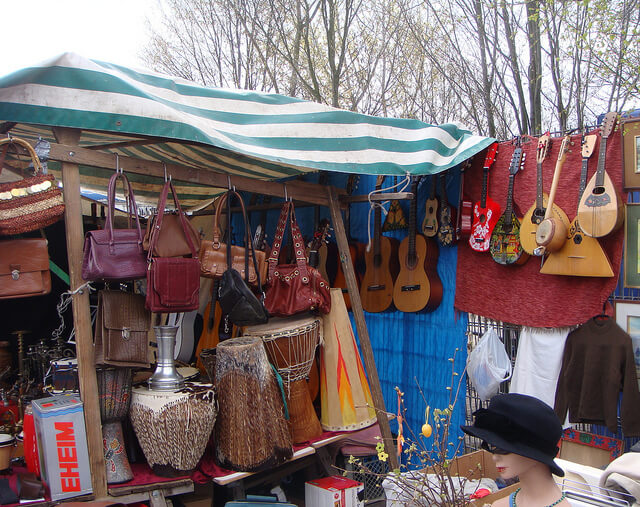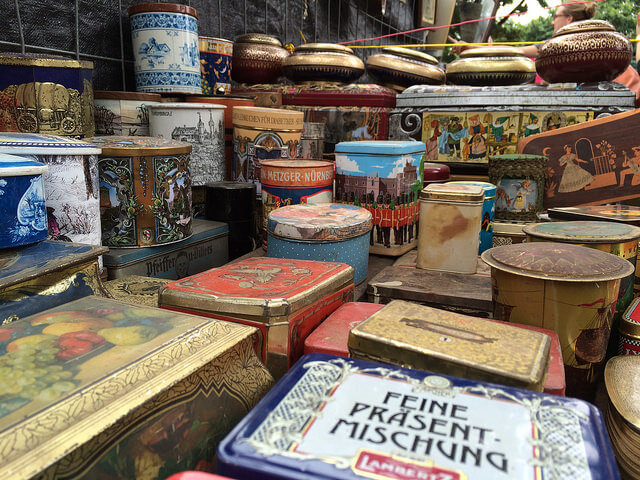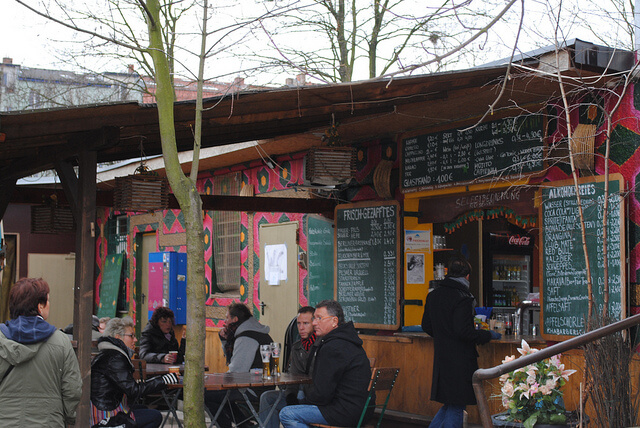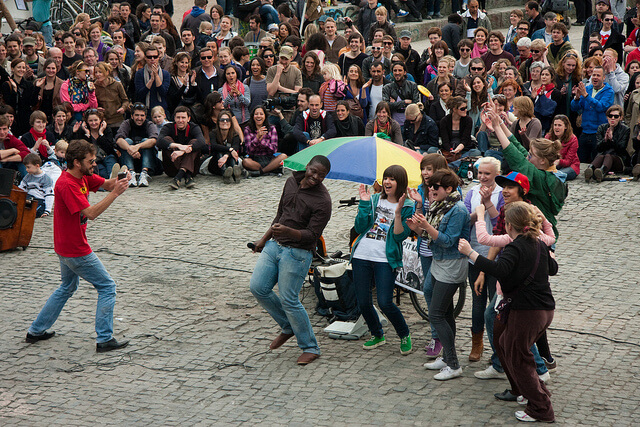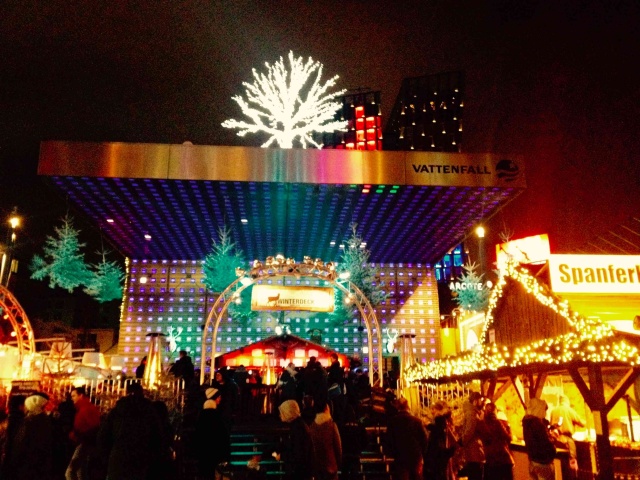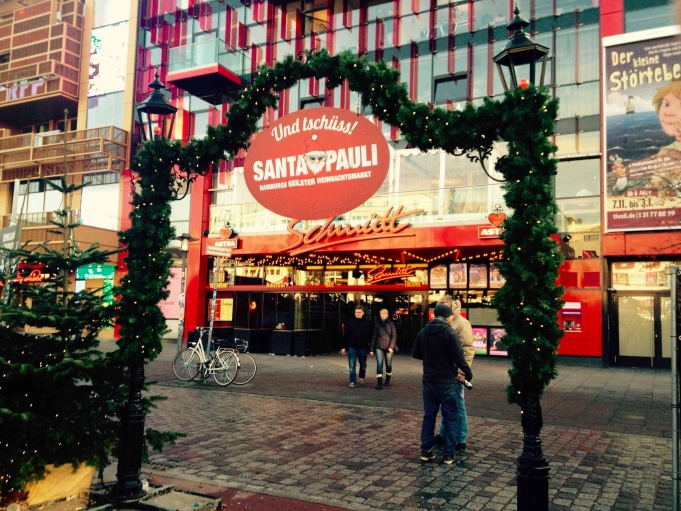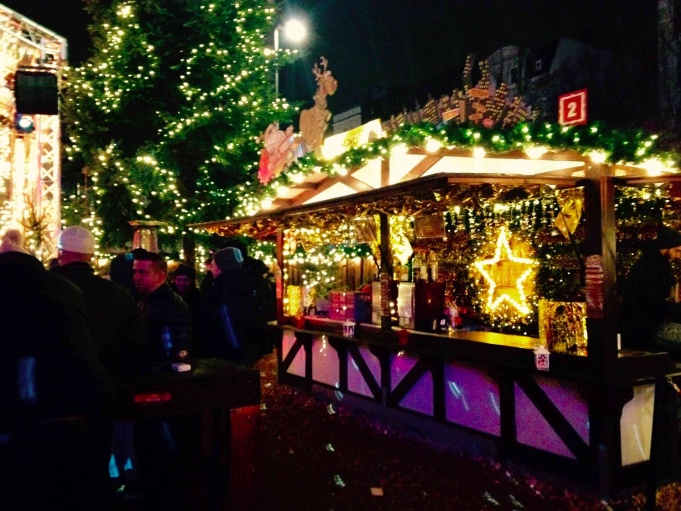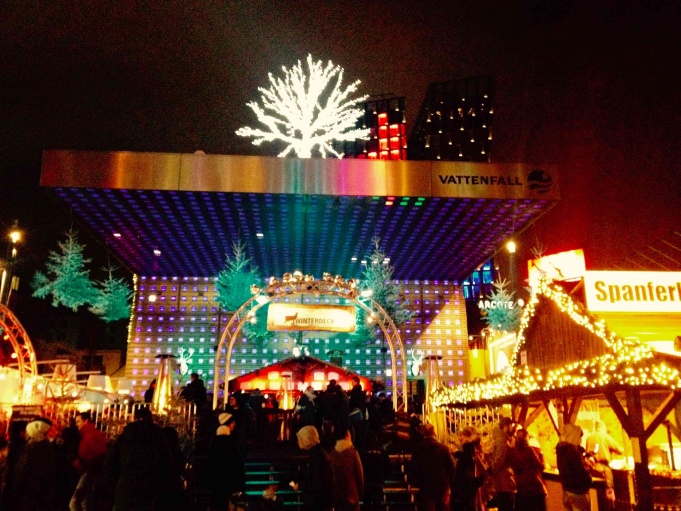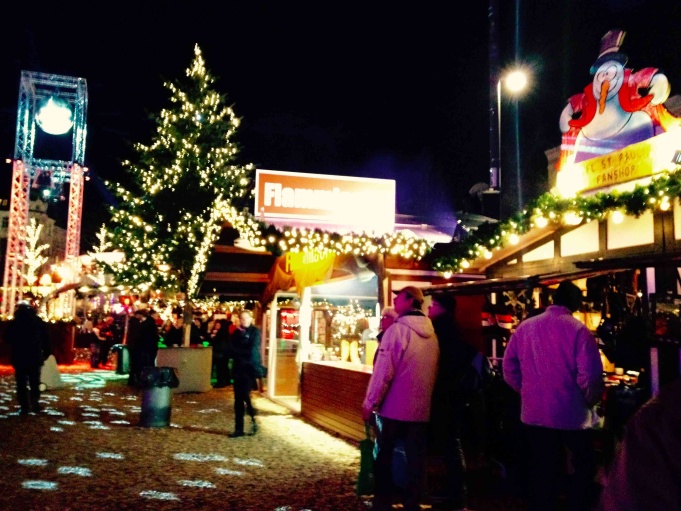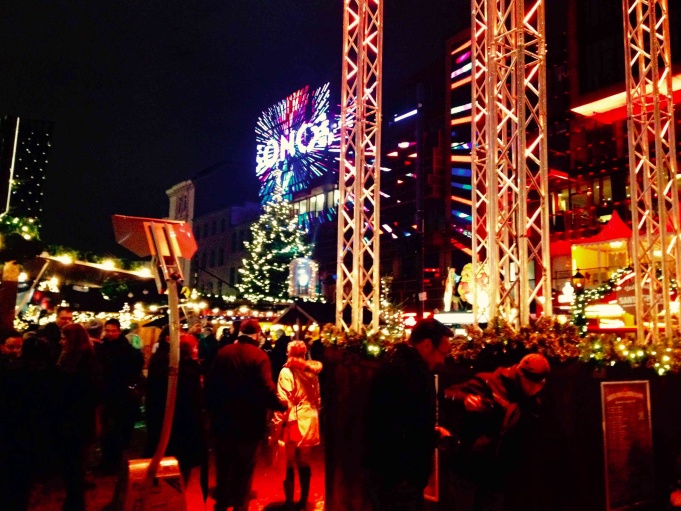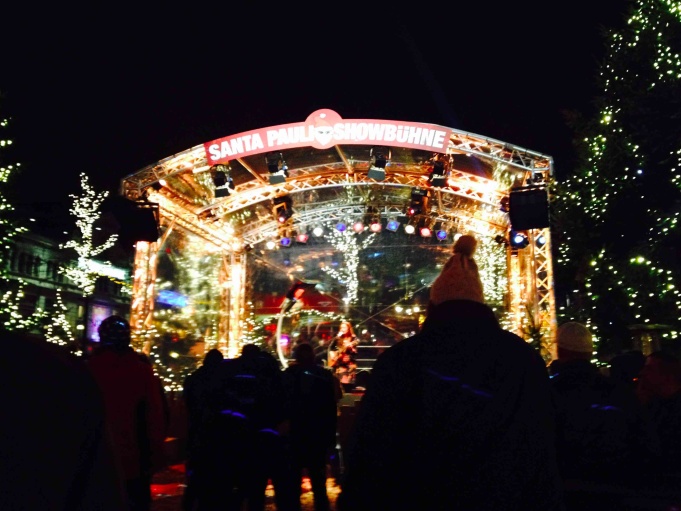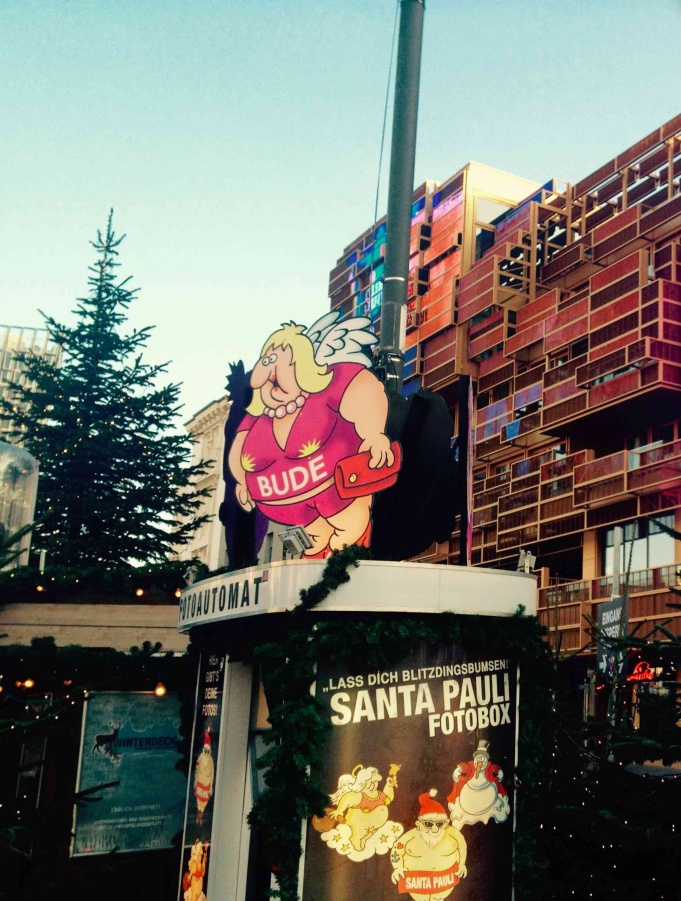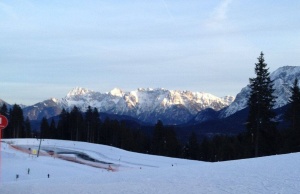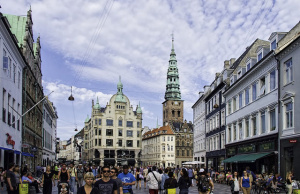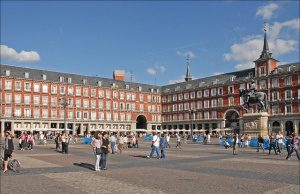Strøget: Copenhagen’s Shopper’s Paradise!
Did you ever think of Copenhagen as a shopper’s paradise?
Well, add it to the list… Milan, Paris, and you guessed it, Copenhagen! In the heart of the old city you will find one of Europe’s longest pedestrian streets known as Strøget. Beginning from the City Hall Square to Kongense Nytorv Square, you almost can’t miss stumbling onto to Strøget at some point during your trip, even by accident! (Which happened in my case).
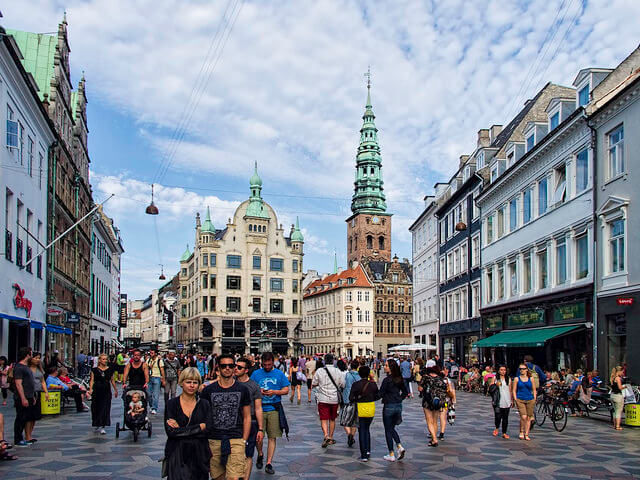
A Success Story
In actuality, Strøget is the name of a collection of streets that have always been located in the heart of this city. The layout dates back to 1728 when the area known as Frederiksberggade was designed following a fire. Most buildings on this street date to the late 19th, early 20th century, though the oldest dates back to 1616.
For much of its history, these streets have always been known as some of the most fashionable of the city, so its no wonder why they would be considered the perfect candidate for conversion to fully pedestrianized once it became apparent that cars were beginning to dominate the old city.
The new pedestrian streets in Germany following the war inspired City officials, and during the 1950s they would close them temporarily during the Christmas time. In 1962, however, the change was made permanent and first section of Strøget was turned into a total pedestrian area. Initially, this decision faced harsh criticism, but after time the project quickly proved successful and the area welcomed more shoppers, cafes and a renewed street life. The network continued to expand to what it is today.
Shops on Strøget
This 1.1 km stretch of car free heaven is line with more shops that one could even imagine! From the typical budget brands and chains such as H&M or Zara to the international luxury brands like Prada, Gucci and Louis Vuitton, Strøget has literally any shop for any budget. There are also a lot of local shops featuring Danish brands.

Eating on Strøget
Naturally, shopping is an exhausting activity. Refueling is a requirement and luckily that is no problem on Strøget. For a sweet tooth, you can find a wide variety of options from delicious cafes to famous patisseries such as Conditori La Glace (home of delicious cakes and baked goods) to perhaps Europe’s best cheesecake from DAILY.
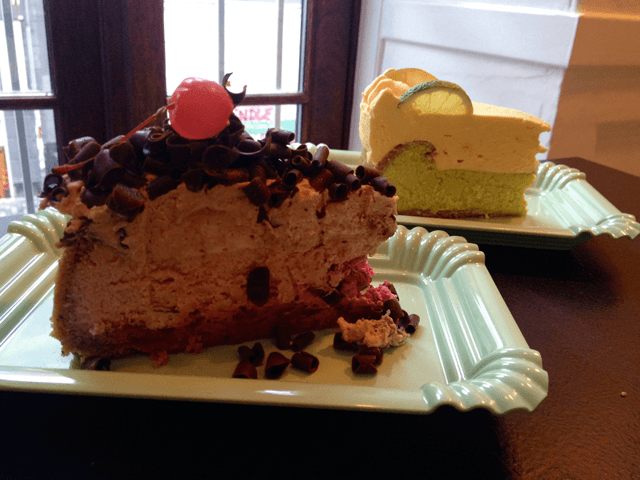
If you’re feeling like you need a little more sustenance, check out some of the many restaurants with a variety of international options or perhaps one of Copenhagen’s most traditional options: the hot dog. Get fancy at the award winning DØP, where they serve only organic meat, with whole grain breads.
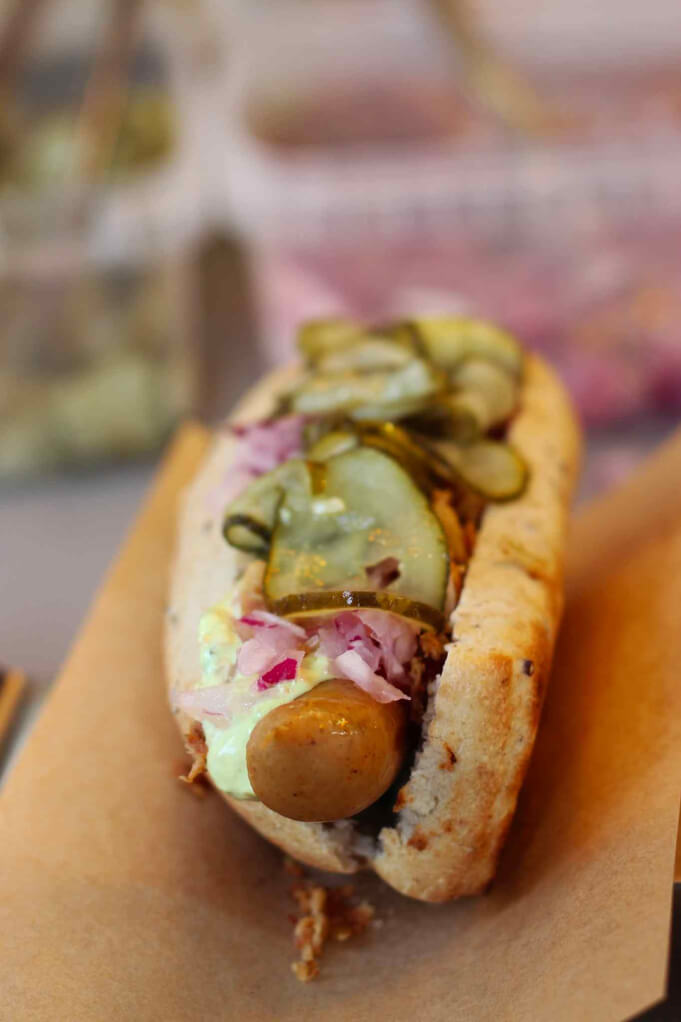
If you’re on a budget (as in can spend less than 5 euros per meal) then check out many of the Kebab shops on the street or, probably an even better idea, head off the main drag to a smaller side street which is less populated.
What Else to See on Strøget?
Especially during the summertime, Strøget is bustling with people going for a stroll, busy shoppers and many street performers. As well, going down the many little side streets will bring some more interesting, unique shops and most likely a path to some of Copenhagen’s other attractive and popular sites.
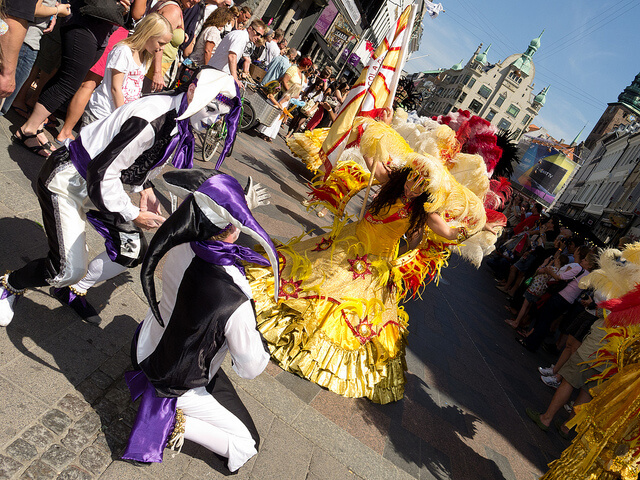


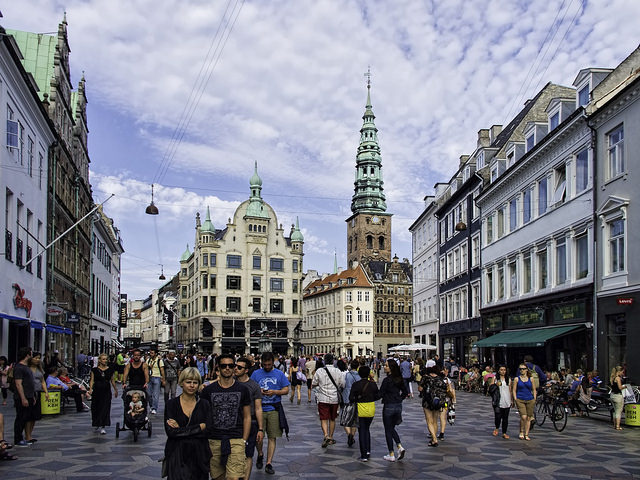
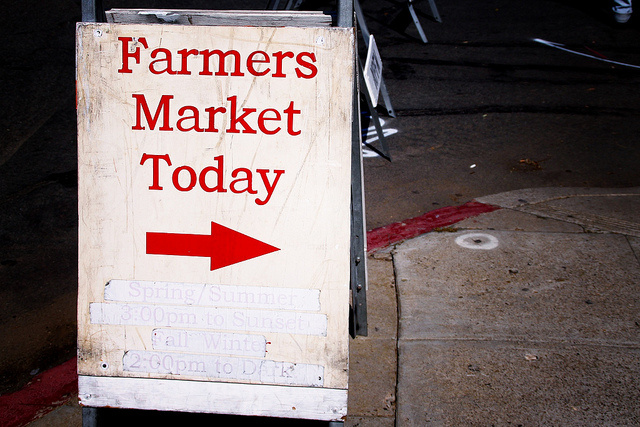
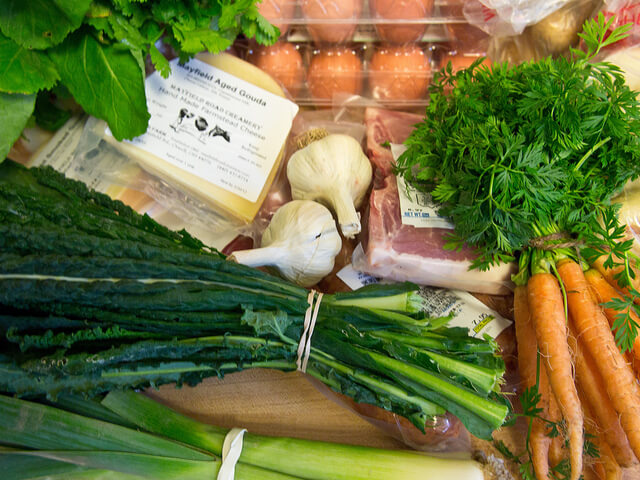
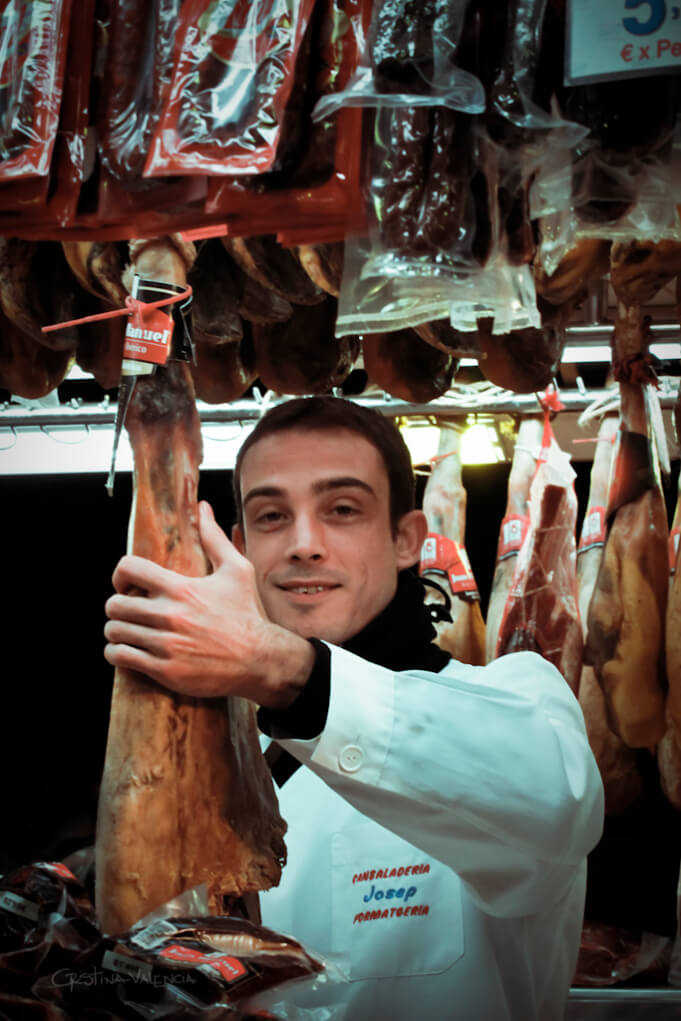
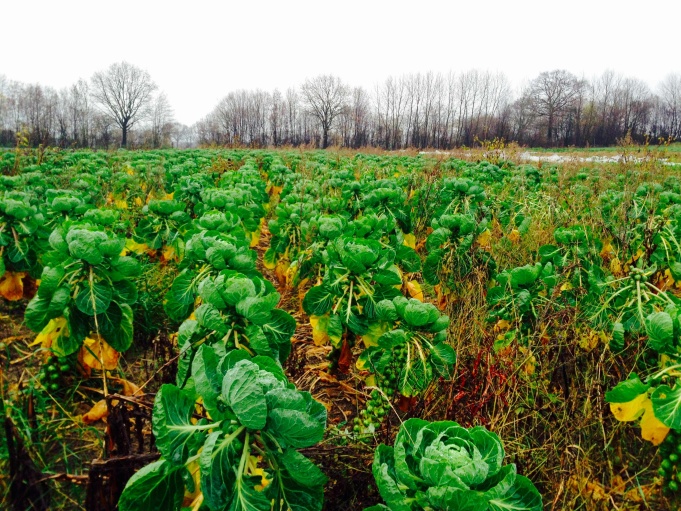
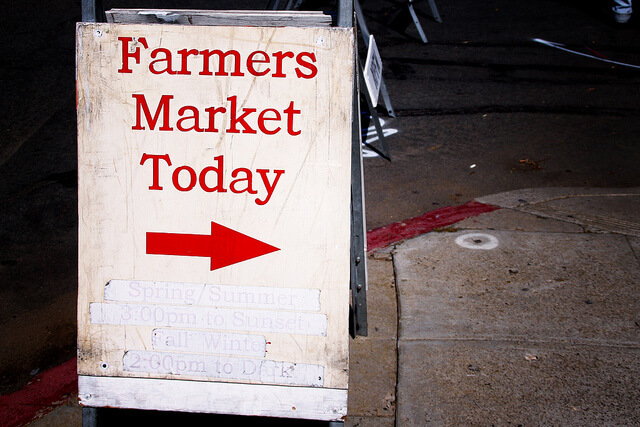
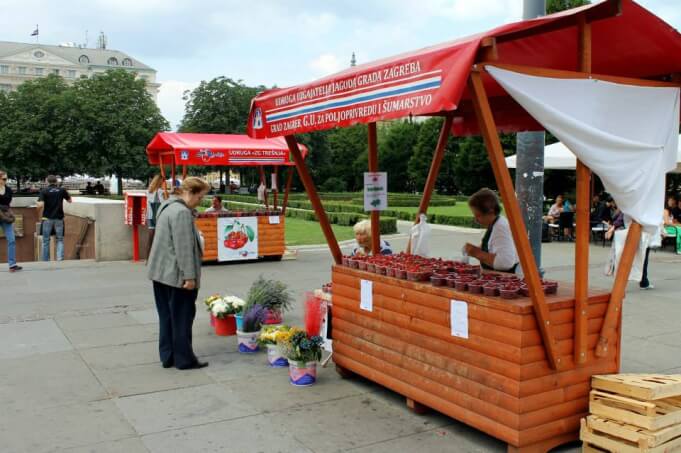




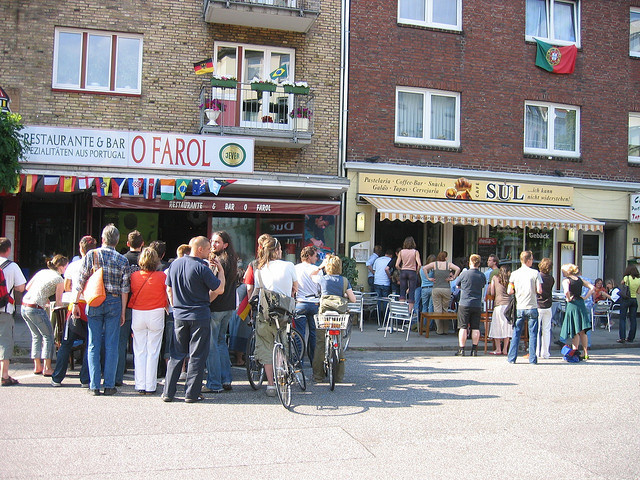
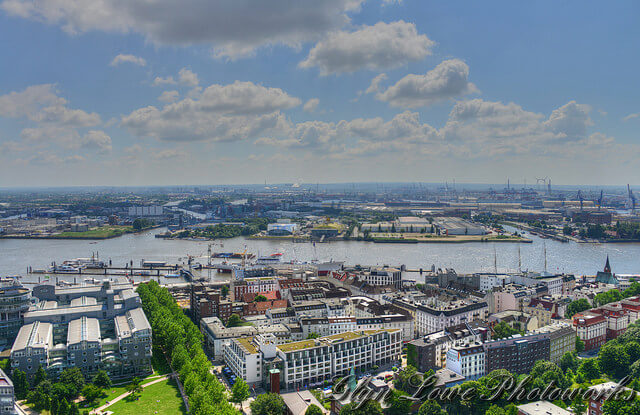
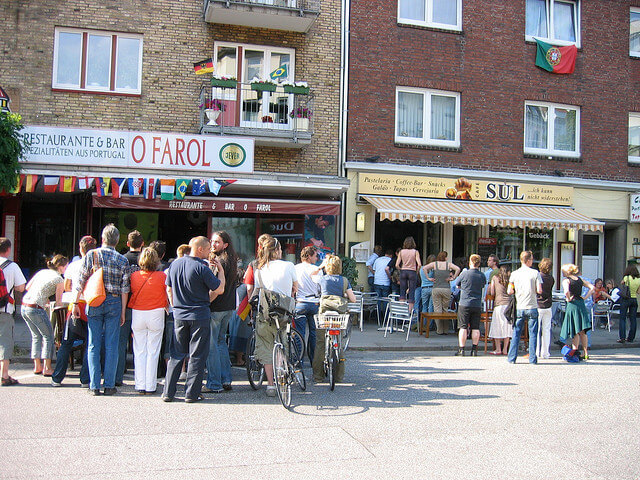
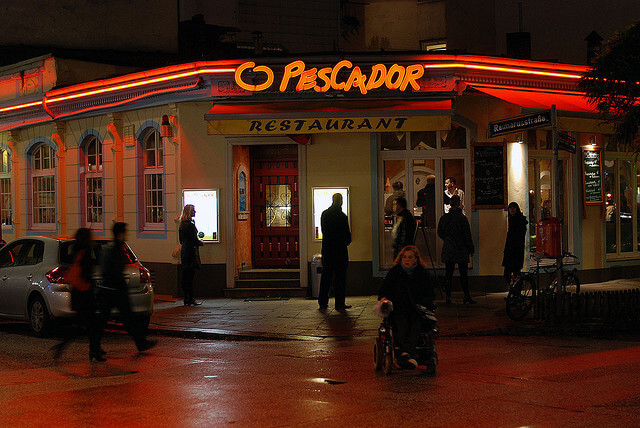
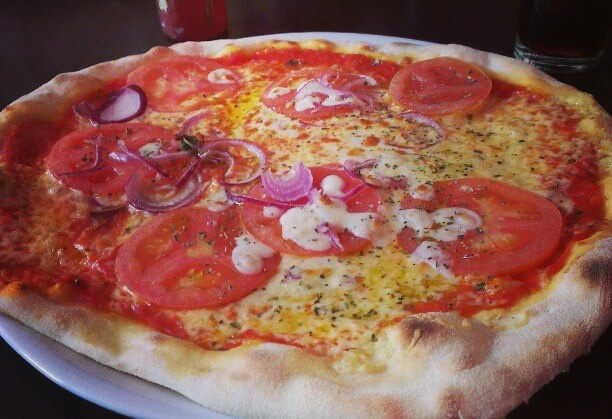
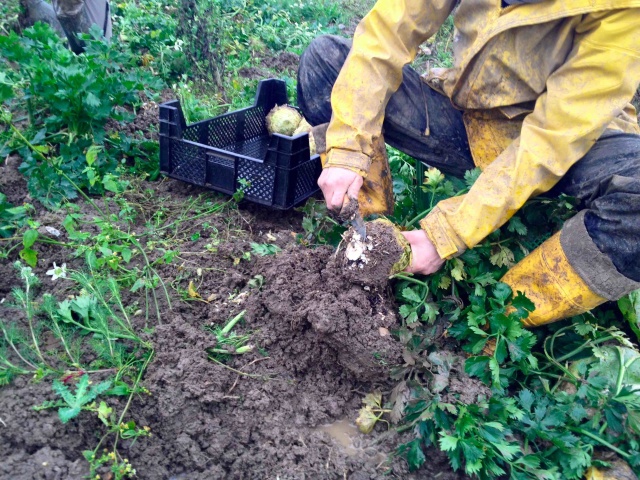
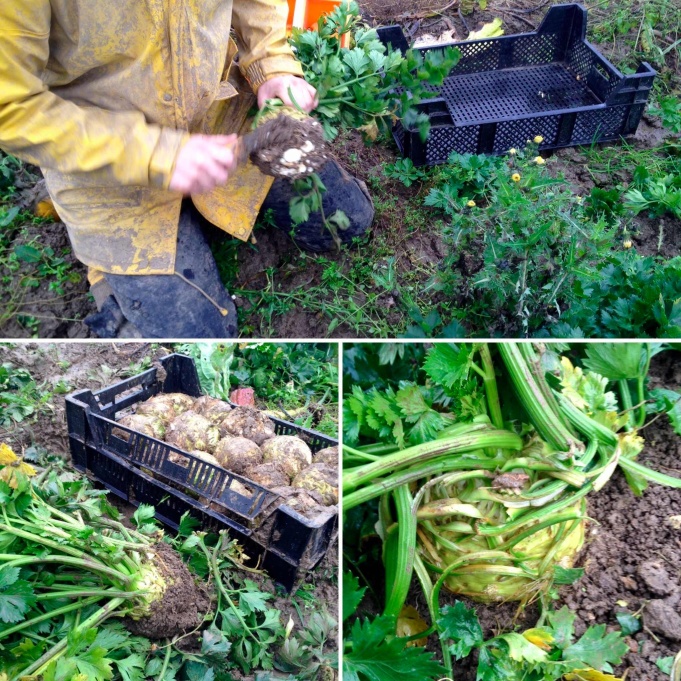
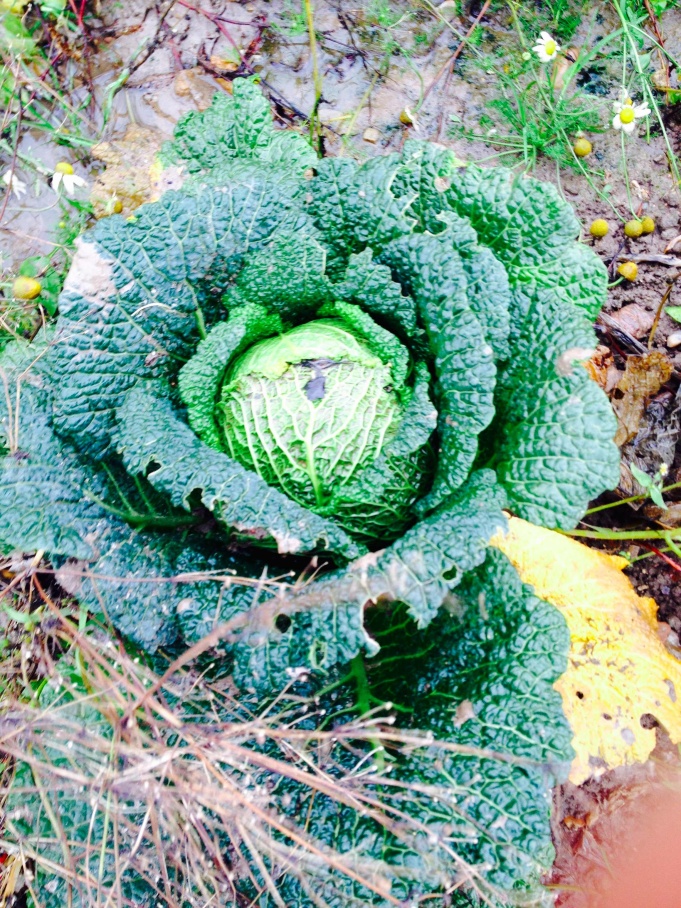
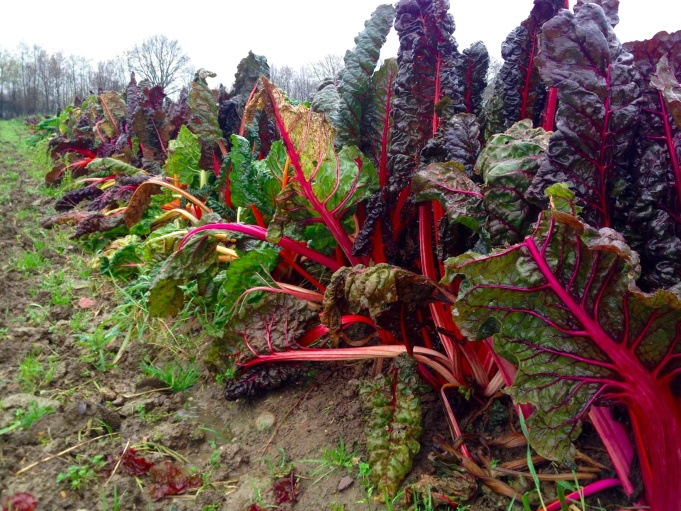
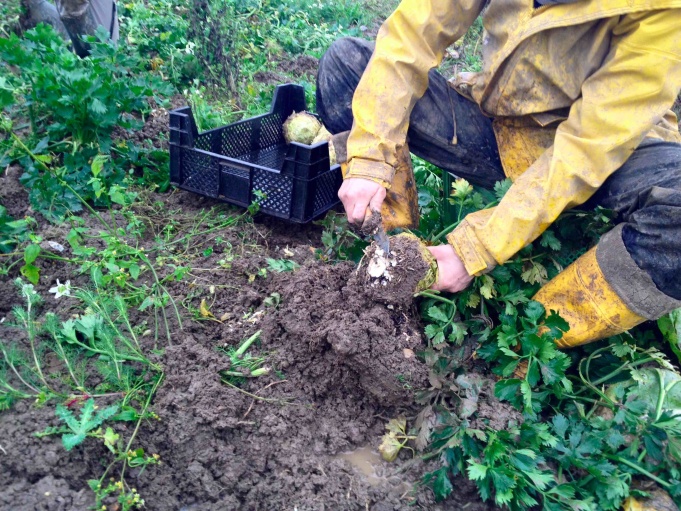
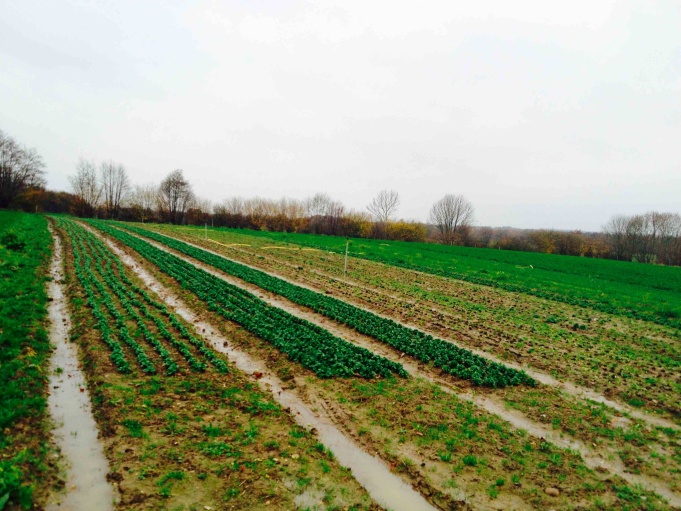
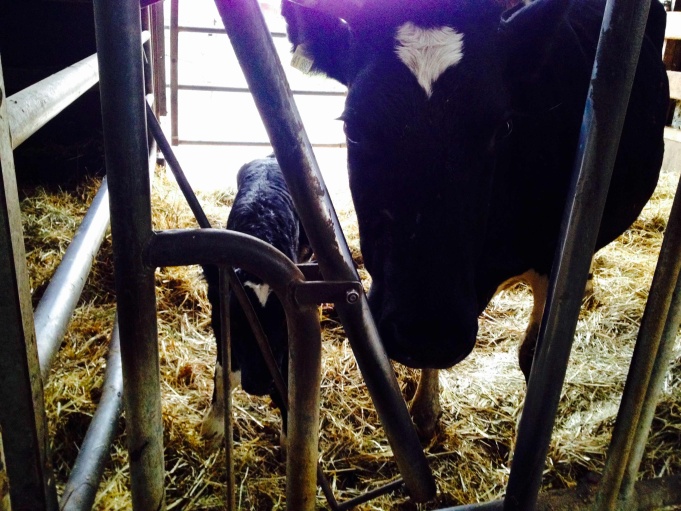
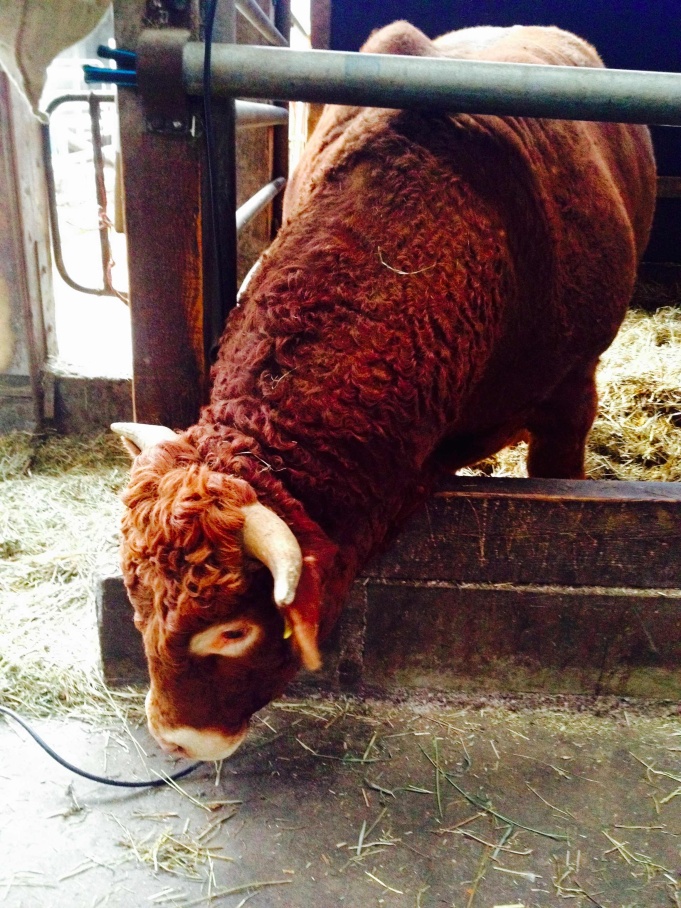
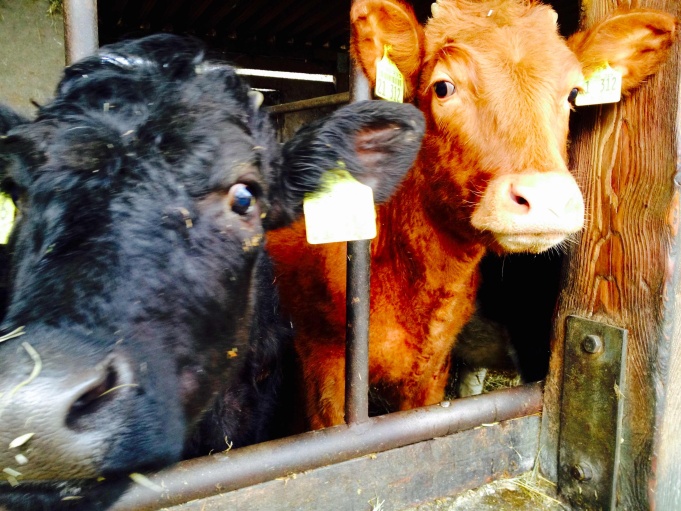
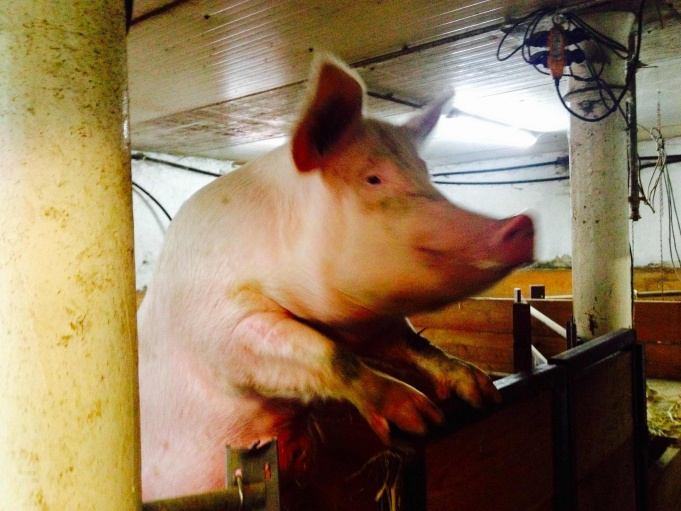
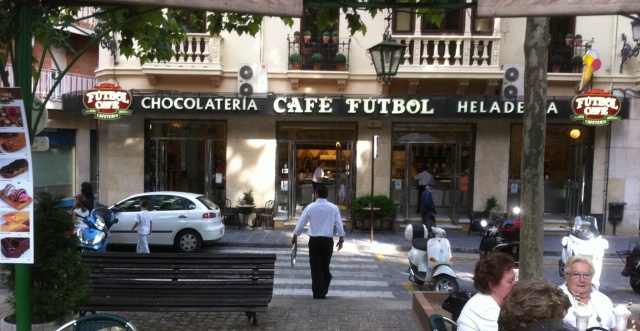
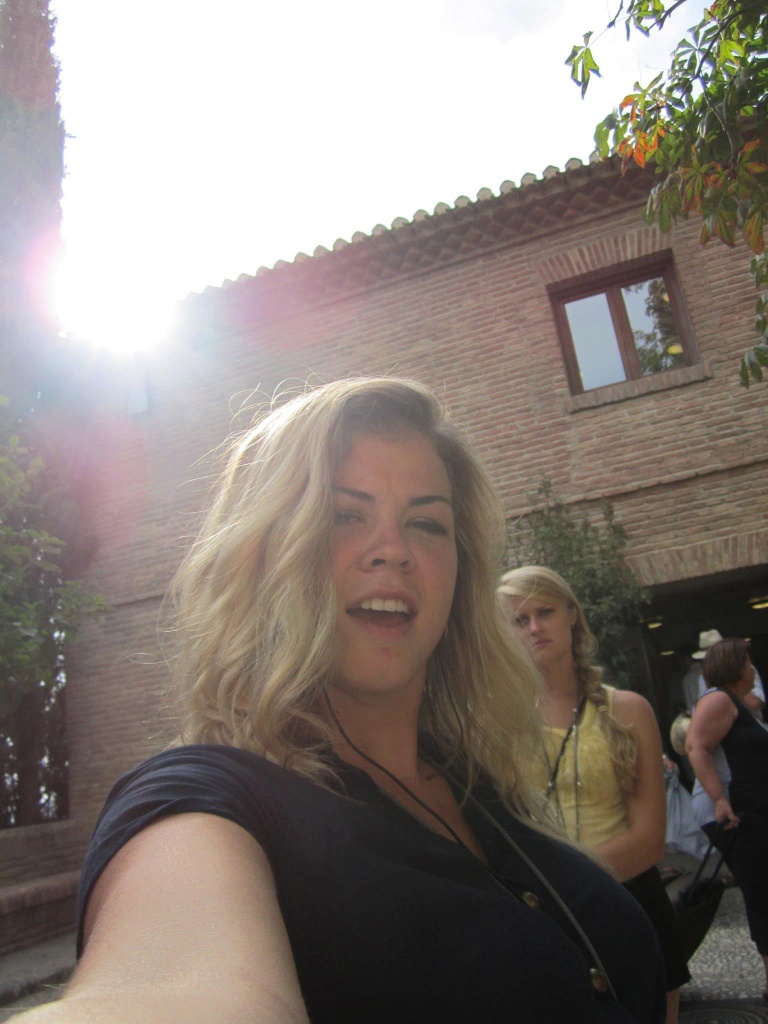
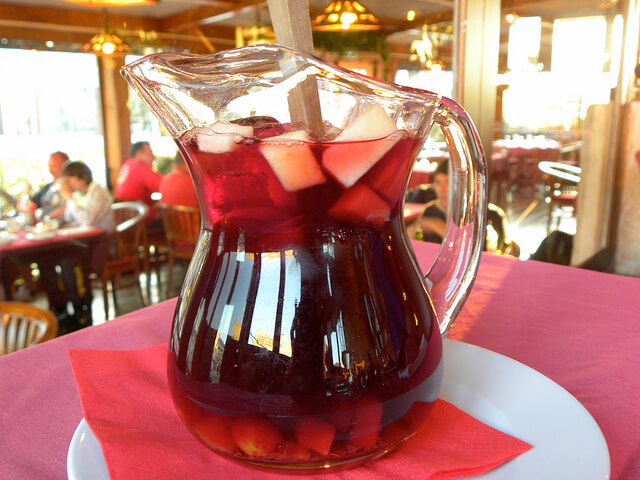
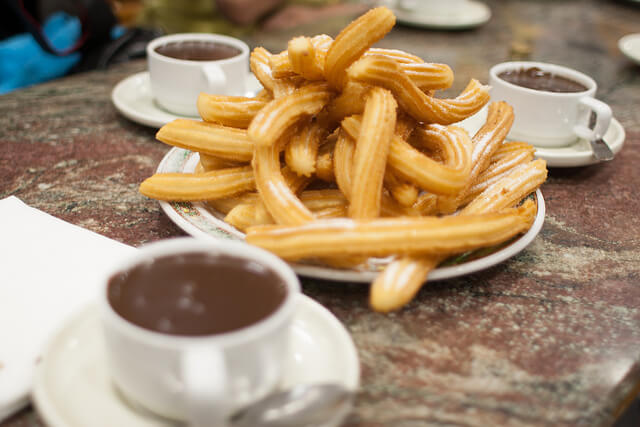
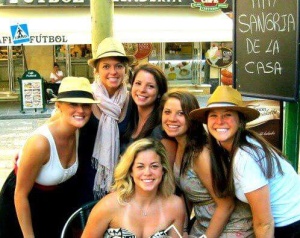
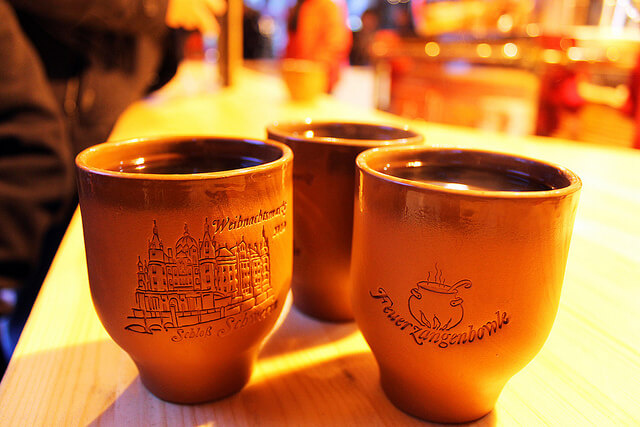

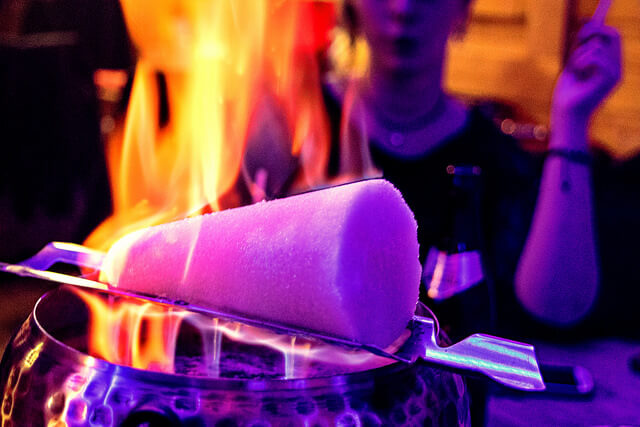

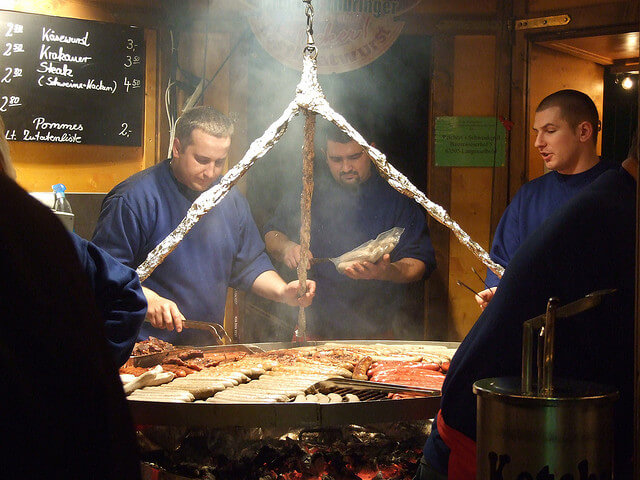
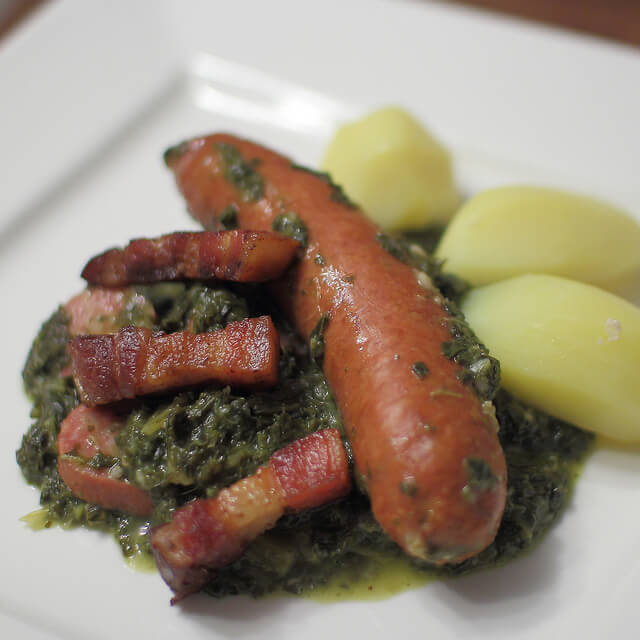
![Flammlachs. By Frank Vincentz (Own work) [GFDL (http://www.gnu.org/copyleft/fdl.html) or CC BY-SA 3.0 (http://creativecommons.org/licenses/by-sa/3.0)], via Wikimedia Commons](https://travelingeurope.biz//wp-content/uploads/2015/12/Flammlachs-681x454.jpg)
